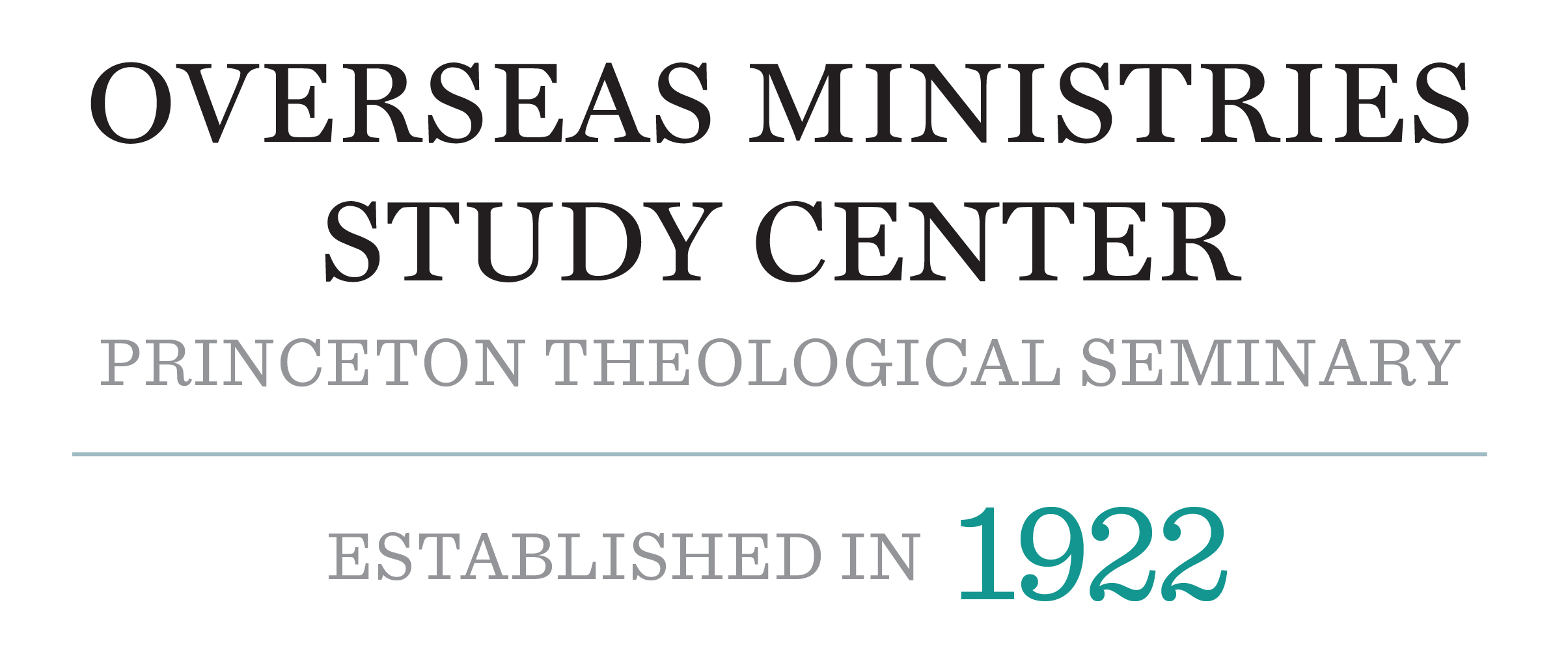
Soichi Watanabe, former artist in residence at OMSC in 2008 – 2009, contributed an image for the upcoming April issue of the IBMR. Here is the description of this work of art:
Through the Cross, by Soichi Watanabe
When asked to describe what motivated him to paint this image, Soichi wrote:
“I was very inspired by the message from Ephesian 2 about reconciliation and union through the cross of Christ.”
“For He Himself is our peace, who has made both one, and has broken down the middle wall of separation, having abolished in His flesh the enmity, that is, the law of commandments contained in ordinances.” (Eph. 2:14–15)
Soichi said he learned the following points from the Bible:
1. Christ brought peace by coming among two different peoples, Jews and gentiles, who were then connected in one Spirit and became the family of God.
2. They became stones for the building up of the body of Christ. (2:20-22)
3. Christ is the foundation and cornerstone of the building, therefore he bears the complete weight of the building and supports it from below. (2:20-21)
4. The combining of many different kinds of stones strengthens the structure.
“As for the different colors of the stones of the building, I was inspired by Mr. Tsunekazu Nishioka, a Japanese master builder and restorer of the Hōryū-ji Temple in Nara, Japan’s ancient capital. Hōryū-ji is the oldest wooden building in the world, built 1300 years ago, and is composed of hinoki cypress trees. Because of their beauty, Nishioka used the straight cypress logs for the pillars, but weaker logs and those with knots for the irregularly-shaped but strong ceiling joists. Thus the building is firmly established as a whole,” said Wantanabe.
Based on this, Soichi imagined the stone building in his painting in the same way as the hinoki building.
5. He also thought about the ongoing problem of discrimination against immigrants, refugees, and minorities. And this point is linked with the biblical teaching that the weaker parts are indispensable in sustaining the whole body. (1 Corinthians 12:22–27)




